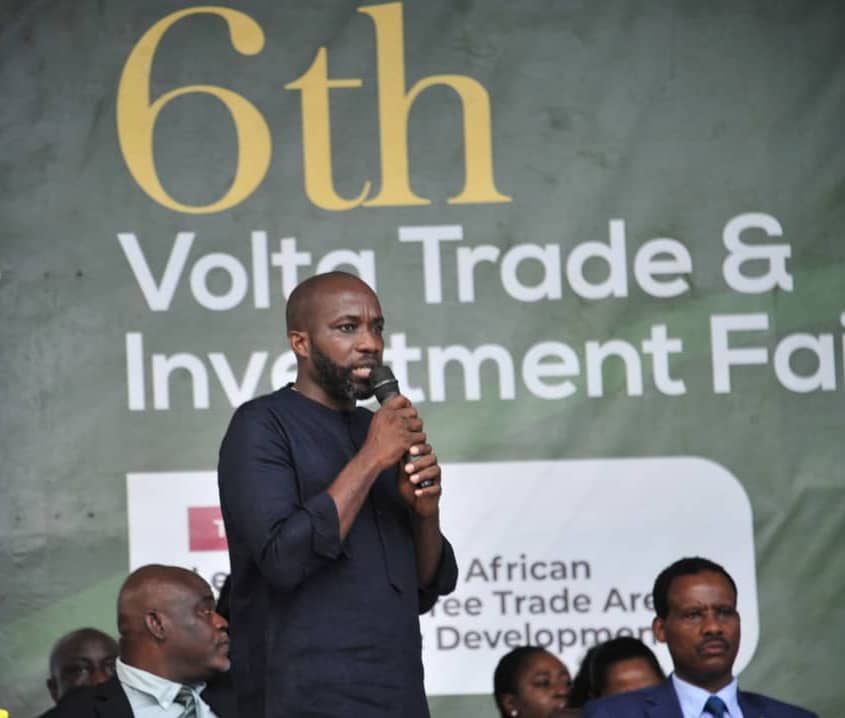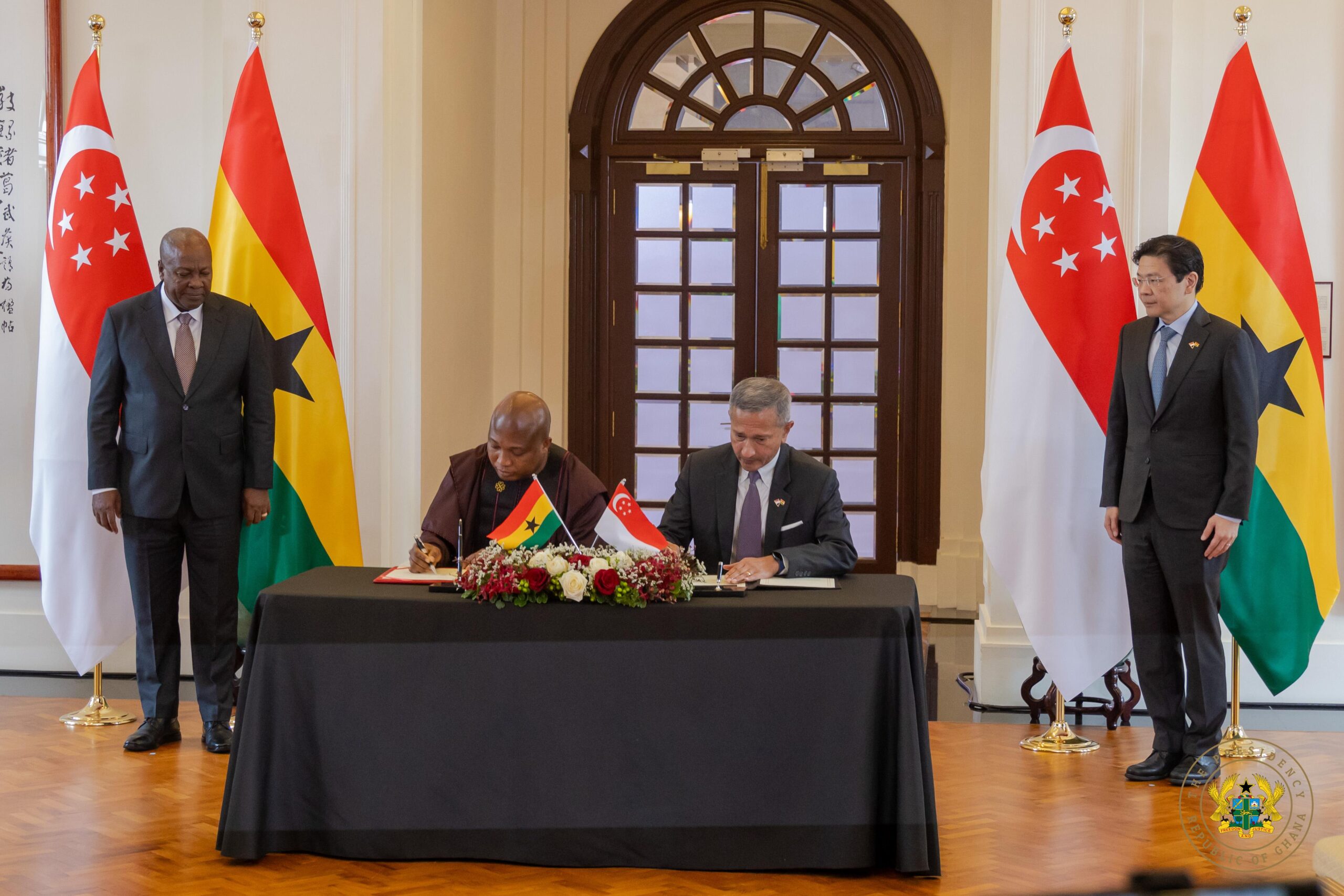
By Ferdinand D. Adadzi[i]
Introduction
Infrastructure deficit continues to be one of Africa’s fundamental problems. It is estimated that to close the infrastructure gap, Africa needs investment in the region of $130-170 billion annually.
The story in Ghana is not different. It is estimated that Ghana needs an annual amount of $37.9 billion to fund infrastructure needs by 2047.
In the education sector alone, an estimated $2.5 billion is required to address the infrastructure needs between 2025 and 2028. Then one has to look at the other sectors – transportation, health, power, social, water, etc – to see the reality of the problem.

Funding these infrastructure needs has been a challenge for successive governments. The current government has indicated that the economy is in difficulty. The previous government has admitted this much.
The disagreement has been on when the economy started recovering and who takes the credit for it. In the light of challenging economic circumstances, the question is how the government funds and delivers infrastructure development, which was a major campaign promise of the current government.
The Big Push Agenda
The government has launched its big push agenda, which aims to accelerate infrastructure development. From the mid-year review budget, $13.8 billion has been dedicated to the big push agenda, which targets major roads. Other sectors must also be funded. Government funding alone is not enough to accelerate total infrastructure development.
Delivering infrastructure in this current economy requires looking beyond government funding. The government has touched on some of these options. The following paragraph shares ideas on practical goals to attract private sector funding for fast infrastructure delivery to, at least, attempt to close the gap.

Private Sector Involvement
The Government has made several statements aimed at involving the private sector in infrastructure and related service delivery. These include private sector participation in the power sector, public-private partnership in road construction, attracting private capital into the Volta Economic Corridor, and a 24-hour economic programme, among others. To ensure this is not just another speech but transformed into reality, the Government needs to take concrete steps and avoid bottlenecks that have derailed many of the government-private sector initiatives. What are the immediate steps for the government to take?
- Clear project identification & development – general statements in national address and budget presentations must be reduced to a clear project description. The projects to be implemented through any of the public-private partnership options should be clearly defined. A preliminary feasibility study must be conducted by the responsible entity or a transaction advisor, which clearly defines the parameters of the project and clearly indicates government expectations and the role of the private sector. A strong basic document on the project that drives the process is a critical factor for roll-out.
Whilst the regulatory framework requires a full feasibility study report, a strong pre-feasibility document may, in some instances, allow for shifting the requirement of a full feasibility study report to the private sector. This saves time and costs that the government spends on project development and avoids duplication of effort on feasibility studies.
- Procurement Process – A clear procurement process is one problematic aspect of engaging a private sector party. In engaging a private partner for such projects, a clear, transparent and efficient procurement process. Whilst the law sets out the various procurement options available, the option must be guided by project-specific requirements. This must be understood at the initial stage and be available with clear timelines to guide the process. Each procurement stage must be based on clear documentation, defined output and criteria for evaluation.
The use of an unsolicited proposal is provided for under the law, and where this is to be resorted to by the government, clear benchmarks that must be met must be defined, with key output requirements meeting the government’s expectations for proceedings. Final decisions should be based on relevant public sector comparators for executing the project.
- Documentation – every step of the partnership arrangement process must be documented, from project conception to implementation. The project concept and prefeasibility study report, procurement documents, evaluation criteria and reports, contract documents, etc, must all be carefully prepared. Each of these documents must meet specific standards. Particularly for the underlying contract documents, key components must include project scope and the output requirements, roles and obligations of various parties, risk allocations and mitigation measures, key performance indicators, etc.
While standard contracts are available, they must be reviewed and revised to meet each project’s specific requirements. At the procurement stage, the government must indicate negotiable and non-negotiable elements.
- Timelines – The usual complaint about shying away from a PPP arrangement is that the engagement process from project inception to contracting takes too long. This needs to be addressed by ensuring that while speed is injected into the process, thoroughness is not sacrificed. The processes falling within the purview of the Ministry of Finance, particularly approval processes, should be streamlined with a clear indication of the time within which approval should be given. In addition, there must be a specific timeline communicated at commencement to guide the process to avoid instances where potential private partners are left in the wind without a timeline to guide their expectations and planning.
- Financing and viability gaps – given the divergent interests, most public projects may not be viable to the private partner. The expectation of a public entity is to deliver infrastructure for public use at the least cost and be affordable to the public as end users. The private partner’s expectation is to get reasonable returns on investment. The two must find a middle ground for a public-private collaboration for the delivery of public infrastructure by a private party. This, in most instances, requires viability gap funding by the government. Due to limited available public funds, the government must explore other options to meet this viability gap funding to make projects viable.
Options such as leveraging existing or completed projects to make new projects viable are open for consideration. An example may suffice here. Whilst engaging a private partner to construct the Accra to Kumasi road under a PPP arrangement may not be financially viable to the private sector, given the low road tolls, the construction of aspects of the project by the government may reduce the private investment, enabling the project to be viable.
The same option is available for most of the government projects that have been started but not completed due to funding constraints. The Saglemi project comes to mind as a good candidate for this option.
Tax waivers are an option. Another option is to assist a private partner in getting concessionary funding. Subsidising user charges in the form of annuities is also available to meet such funding gaps. All these options avoid the need for immediate funding from the government.
- Project champion—A government seeking to deliver a project within an election calendar must give a matching order to a specific head of institution to deliver based on a specific timeline. This may be a minister or head of an entity. Such a mandate must come with a consequence for failure to achieve the target. In many instances, the failure to implement a project is due to bureaucracy and a lack of a clear project champion. An easier way for the project champion to achieve his or her goal is to get a transaction advisor who is given clear key performance indicators which are time-specific. Usually, relying on institutional department personnel who may already be burdened leads to slow delivery and delay in meeting timelines.
- Build investor confidence – this is mainly in what may constitute the “soft factors”. All the above factors affect building the right investment environment to attract the right private partners locally and internationally. There should also be consistency in government official statements on the public-private partnership programme. A recent conflicting statement on the government not intending to engage in PPP has the unintended consequences of creating investor empathy when seeking to engage potential private partners. There must be unison in government communication on the programme. Related is how the government handles existing contracts with private parties in quasi-public private partnership arrangements. Arbitrary termination of existing arrangements may diminish private partners’ confidence in entering into long-term contractual arrangements for new projects.

Conclusion
Attracting private partners and using private resources for public infrastructure development remain the most low-hanging fruit for the government to fast-track needed public infrastructure development and related services. The success of launching a full-scale programme to attract private involvement in public infrastructure development beyond securing loans from private commercial institutions requires a concerted effort on the part of the government.
Ghana has enacted a PPP Act and subsequently developed regulations to give effect to the Act. The next phase is to practically implement the process on projects. The above action points on specific projects are a good starting point.
[i] Ferdinand D. Adadzi is a Partner at AB & David, a multi-specialist pan-African business law firm practising in many jurisdictions in Africa, including Ghana. He is a member of the firm’s Energy, Infrastructure & PPP Group, Corporate & Finance Group and Government Business Group. He is also a senior lecturer at GIMPA Faculty of Law, lecturing in Company Law and Contract Law. He has many publications to his credit, including a seminal textbook on company law titled “Modern Principles of Company Law in Ghana (2nd Edn)”.
Contact: Tel: 233 (0)24 226 2180;
Email: [email protected]

The post Delivering infrastructure in a financially constrained economy: The private sector factor appeared first on The Business & Financial Times.
Read Full Story




















Facebook
Twitter
Pinterest
Instagram
Google+
YouTube
LinkedIn
RSS